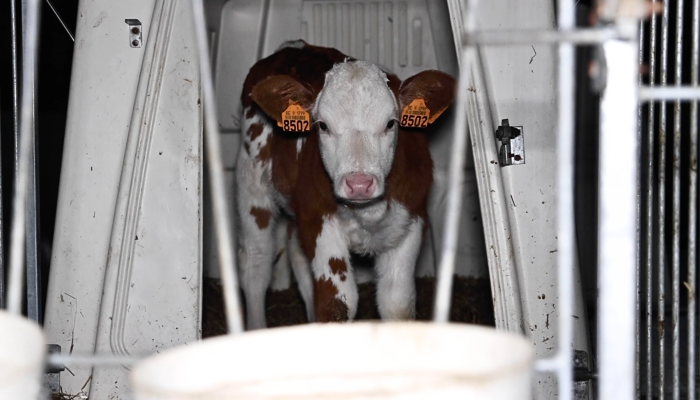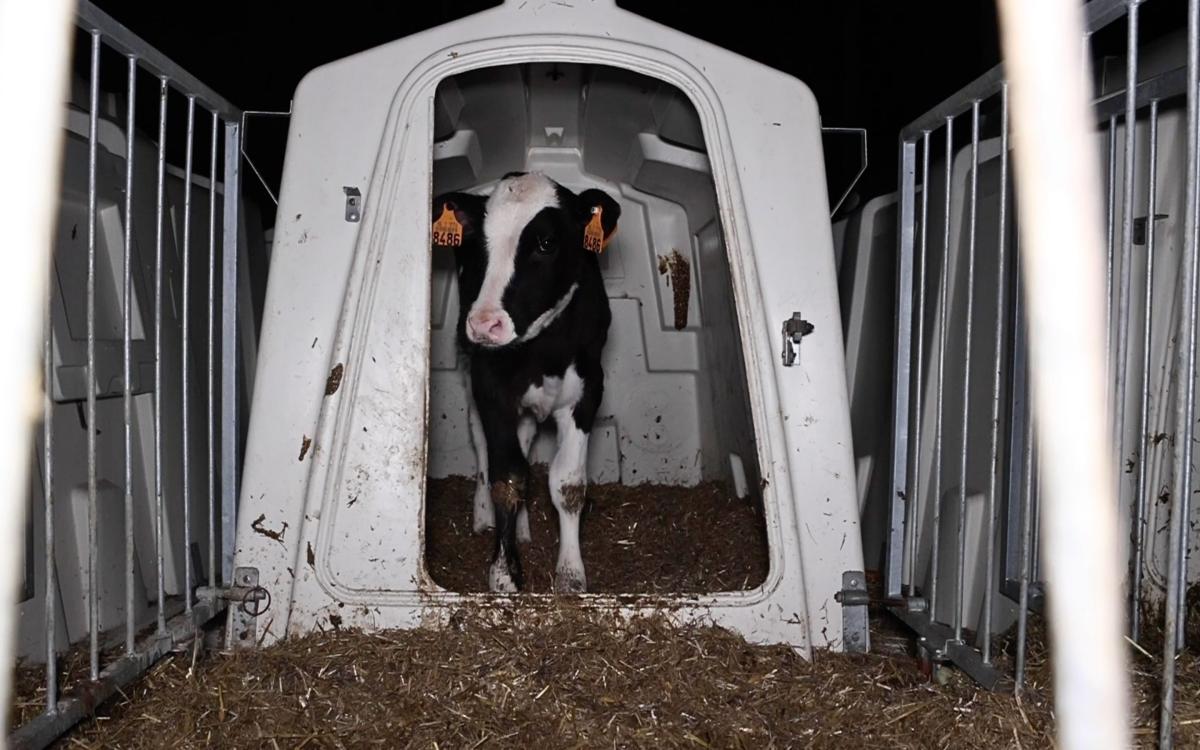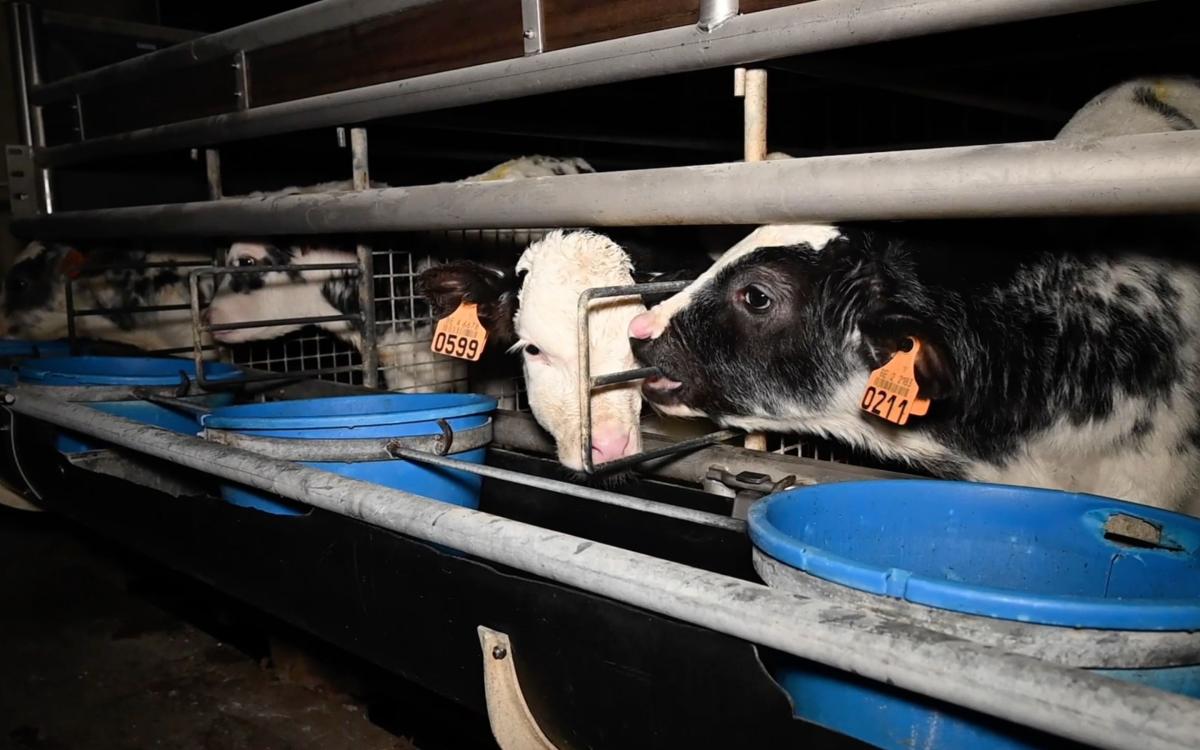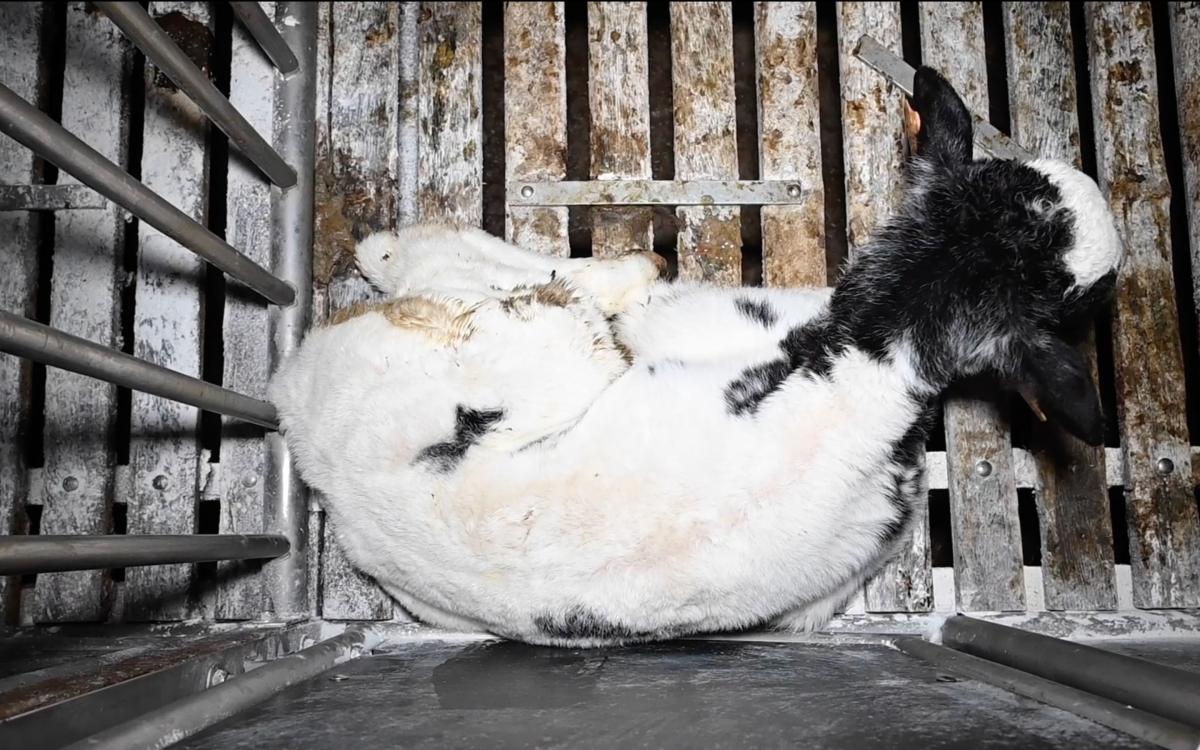Image

To mark Valentine's Day, GAIA has released new investigation footage filmed last November on several dairy farms and calf fattening facilities in Belgium (Flanders). Our images show the isolation and deplorable living conditions of young dairy calves, considered "by-products" of the agri-food industry. While we were celebrating love on that special day, thousands of calves, forever separated from their mothers, were totally deprived of it.
5 March 2024
Alternatives are available
GAIA is also releasing this footage to encourage consumers to turn away from veal and dairy products in favor of plant-based alternatives.
Today, supermarkets and other food outlets offer a wide variety of plant-based milks, yogurts and cheeses. It is now easy to replace dairy products with their plant-based equivalents, without compromising on taste pleasure.



